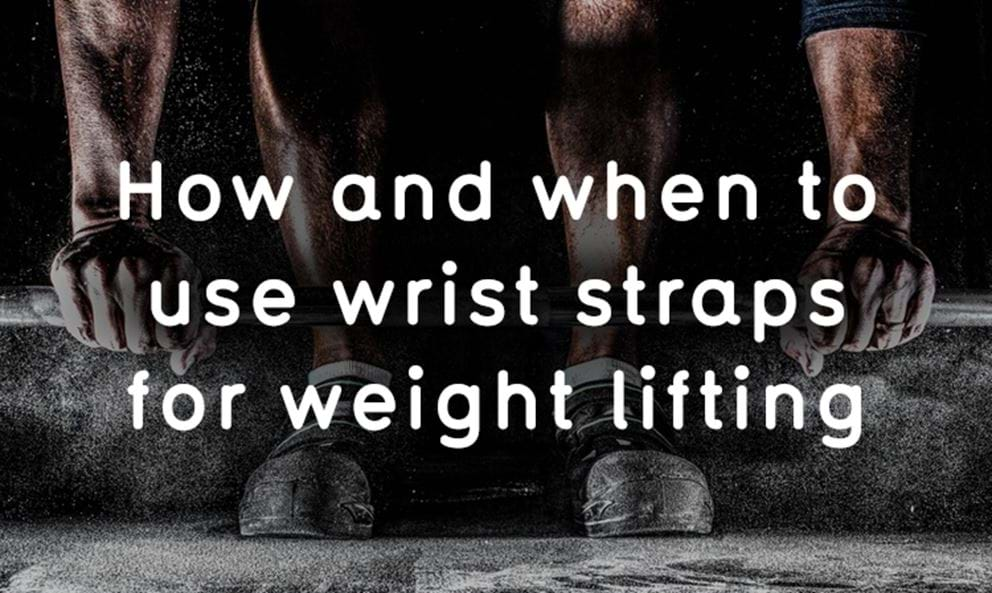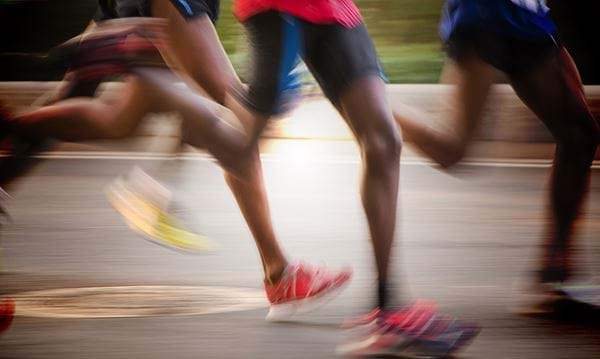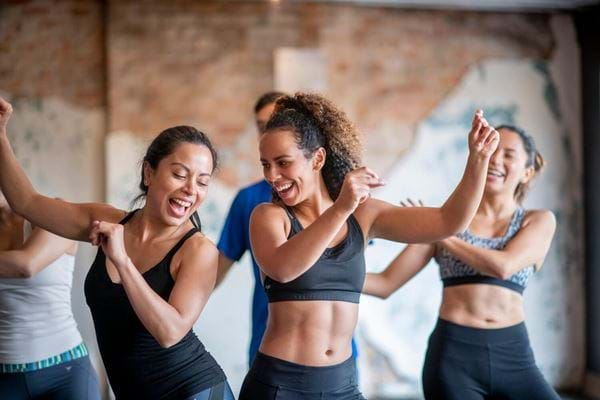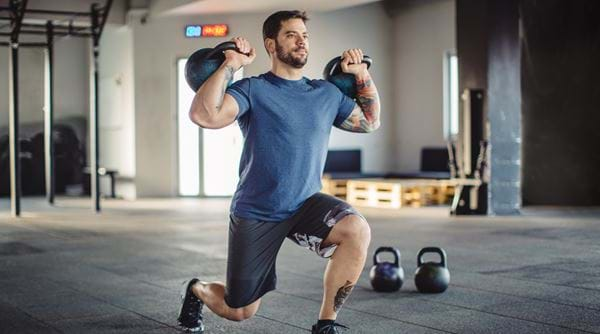How, why and when to use wrist straps for weight lifting

The sweat pours down your face and the glaring light from the ceiling seems to burn twice as bright as usual. You’ve almost got it now though. The bar rises little by little, and your new deadlift personal record is just a heartbeat away.
Then, as if the gods themselves have judged your efforts and found them unworthy, the bar slips from your hands and crashes back to earth. Although every other muscle in your body seemed ready to carry out the task, you’ve just become a victim of grip failure.
It might be time to call in the cavalry. Enter wrist straps.
Are Straps for Weaklings?
This might be one of the first questions to enter your mind when thinking about straps. Is it “cheating”? Is it for wimps? Well since superhumanly strong people like Dmitry Klokov use them, probably not.
The bottom line is: if you’re doing a really heavy lift, the muscles you’re targeting are probably not in your forearms. If your grip fails before the target muscles and you tell yourself straps are “cheating,” you’re only holding yourself back from becoming stronger overall.
If they’re good enough for some of the world’s strongest lifters, they’re good enough for you.
That said, you should also spend time strengthening your wrists to reduce the reliance on straps and improve overall wrist health.
Different Types of Straps
Wrist straps are used when you’re lifting really heavy weights (by your own standards), be they attached to a dumbbell or a barbell.
There are many different variations of the wrist strap out there, but they all generally fall into one of three categories:
Olympic Straps
Olympic straps tend to be on the short side. The ends of the strap are usually stitched together into a single, short loop. They’re worn by slipping the loop around your wrist, then folding the remaining material under the bar, and working it tightly into the palm of the hand.
The benefit with these types of straps is that they can be released instantly, with no risk of them getting tangled up around the bar and dragging you down. They’re especially popular with Olympic lifters, as they make it easy to escape from dangerous, explosive lifts like the clean and jerk when something goes wrong.
The key drawback to Olympic straps is that, being short, they don’t offer as much extra grip support as other strap types.
Loop Straps
Loop straps are the most common variety you’ll see in gyms. They range from medium-length to long and have a closed loop stitched into one end with a long tail of fabric hanging down below.
They’re worn by feeding the tail through the loop to create a “noose”, then slipping the “noose” around your wrist. Finally, you’ll wrap the tail around the weight as many times as it’ll go before working it tightly into the palm of your hand.
Loop straps are great for lifters who are consistently moving weights greater than 85% of their one rep max, or who train to failure regularly. The adjustable loop and long tail offer extra grip support above other strap variations.
The key downside to loop straps is that with more material looped around the bar, it’s more difficult to escape from a failed lift.
Hook Straps
Hook straps are a simple and stress-free variation on the more common fabric-based straps. They feature a fabric loop for the wrist but instead of a tail, they have a solid hook at palm level.
The benefit to hook straps is that they save time. You don’t need to do any kind of elaborate fastening ritual; you simply position the hooks in place, grab the bar and go.
The key downside to hook straps is that you don’t have the ability to tighten your grip on the bar as you do with fabric straps. This means not only that your grip strength might suffer over the long term but also that for certain lifts, like the deadlift, you’ll struggle to generate maximum muscle contraction.


